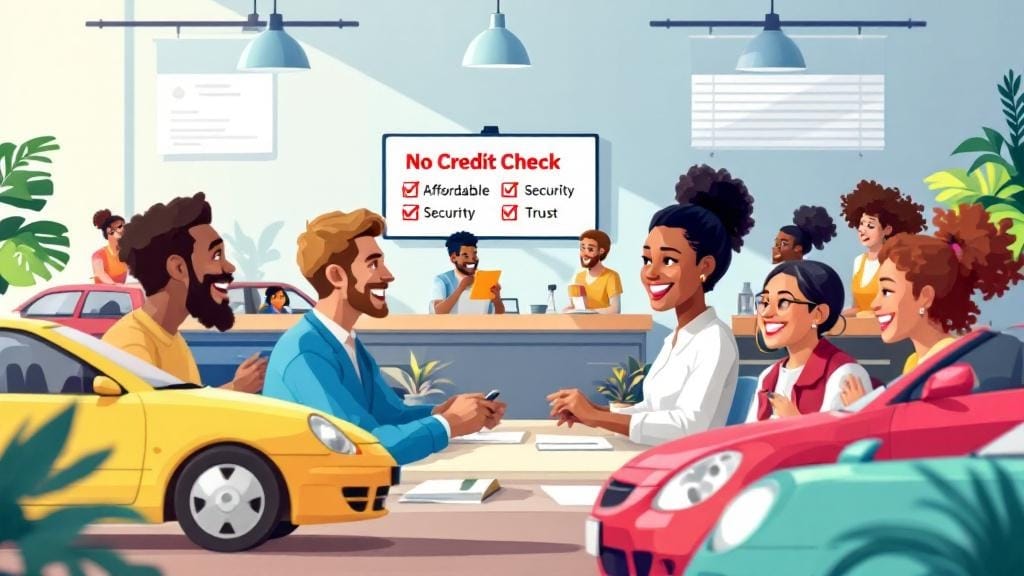Credit card debt can be overwhelming, especially when high-interest rates make it difficult to pay down your balance. One way to take control of your debt and save money is by using a 0 transaction fee balance transfer. But what exactly does this mean, and how can it help you pay off your credit cards smarter? In this article, we’ll explore how a no fee balance transfer works, the best 0% balance transfer credit card offers, and how to use this strategy to reduce debt quickly.
What is a 0 Transaction Fee Balance Transfer?
A 0 transaction fee balance transfer allows you to move the balance from one credit card to another without paying any upfront fees. Normally, credit card issuers charge a fee of 3%–5% of the amount you transfer. For example, if you transfer $1,000, you might have to pay a $30-$50 fee. However, with zero transaction fee credit cards, this fee is waived, making it a more cost-effective option for debt management.
In addition to the 0 transaction fee, many of these cards offer an introductory 0% APR balance transfer period, which means you won’t accrue interest on the transferred balance for a set period—usually 12-18 months. This can significantly reduce the amount you need to pay towards interest, helping you pay off your balance faster.
How Does a 0% Balance Transfer Work?
When you transfer a balance from one credit card to another, the amount you owe on the old card is paid off by the new card issuer. The new card will then carry the balance, and you’ll make monthly payments to the new card instead. A 0% APR balance transfer means you won’t be charged interest on the transferred amount during the introductory period.
Here’s how the process typically works:
Find a 0% APR balance transfer credit card: Look for a card that offers a zero fee credit card transfer and an interest-free introductory period.
Apply for the card: You’ll need to apply for the card and ensure that you meet the credit score requirements. Most cards with no interest balance transfer options require a good-to-excellent credit score (usually 670 or higher).
Transfer the balance: Once approved, transfer your credit card balance to the new card. Be sure to double-check the balance transfer terms, including any fees that may apply after the introductory period.
Pay off the debt: Use the interest-free period to make consistent payments toward the balance. The longer the interest-free period, the more you can reduce your debt without worrying about high interest charges.
The Benefits of a 0 Transaction Fee Balance Transfer
Using a balance transfer with no fees offers several advantages:
1. Save Money on Interest
The most significant benefit of a 0% APR balance transfer is the ability to avoid interest payments during the introductory period. This can save you hundreds, if not thousands, of dollars over time, especially if you have high-interest credit card debt.
2. Pay Off Debt Faster
Without interest piling up, more of your monthly payment goes toward paying down the principal balance. This means you can reduce your debt more quickly and efficiently.
3. Simplify Payments
If you have multiple credit cards, consolidating your balances into one card with a free balance transfer offer simplifies your debt management. You’ll only need to make one monthly payment instead of juggling several.
4. Improve Your Credit Score
As you pay down your debt, your credit utilization rate decreases, which can improve your credit score over time. Plus, consolidating debt can make it easier to stay on top of your payments, helping you avoid missed payments that could negatively impact your score.
How to Choose the Best 0 Fee Balance Transfer Cards
Not all credit cards with 0 balance transfer fees are created equal. To find the best card for your needs, consider the following factors:
1. Introductory APR and Length of Period
Look for a card that offers the longest interest-free period possible. Some cards offer 0% APR balance transfers for 12 months, while others extend this period up to 18 months or more. The longer the period, the more time you have to pay down your balance without accruing interest.
2. Balance Transfer Limits
Check the balance transfer limits on the card. Some cards may only allow you to transfer a portion of your available credit, while others may let you transfer a larger amount. Ensure the card can accommodate the debt you want to transfer.
3. Ongoing APR After the Introductory Period
While the 0% APR balance transfer period can be a huge benefit, remember that once the introductory period ends, the regular APR kicks in. Look for cards that offer a low annual percentage rate (APR) after the promotional period to avoid high interest charges once the promotion ends.
4. Fees
Even with a 0 transaction fee balance transfer, some cards may charge other fees, such as an annual fee or a late payment fee. Be sure to read the fine print to understand any potential costs.
FAQs About 0 Transaction Fee Balance Transfers
1. Can I transfer balances from multiple credit cards to one card with no fee?
Yes, you can transfer balances from multiple credit cards to a single card with 0% APR balance transfer if the total balance is within the card’s credit limit. It’s an excellent way to consolidate your debt and simplify payments.
2. How long do I have to pay off my debt with a 0% APR balance transfer?
The interest-free period typically lasts between 12 and 18 months, depending on the card. Make sure to pay off your balance before the introductory period ends to avoid interest charges.
3. What happens after the 0% APR period ends?
Once the introductory period ends, any remaining balance will be subject to the card’s regular APR. It’s important to have a repayment strategy in place to avoid high interest charges after the promotional period.
4. Can I still earn rewards while doing a balance transfer?
Some cards allow you to earn rewards on purchases, even while you have a balance transfer. However, the focus should be on paying off your debt, as interest rates on purchases may be high once the promotional period ends.
5. Will a balance transfer affect my credit score?
A balance transfer can impact your credit score in both positive and negative ways. Consolidating debt can lower your credit utilization, which may boost your score. However, applying for new credit can result in a hard inquiry, which may cause a slight dip in your score initially.
6. What is the best strategy for using a 0% balance transfer card?
To make the most of a free balance transfer offer, aim to pay off as much of the transferred balance as possible during the interest-free period. Make a consistent payment plan to ensure you eliminate the debt before interest kicks in.
Conclusion: Pay Off Credit Cards Smarter with a 0 Transaction Fee Balance Transfer
A 0 transaction fee balance transfer is a powerful tool for paying off credit card debt faster and more efficiently. By taking advantage of a 0% balance transfer credit card, you can avoid interest charges for a set period, which helps you focus on reducing your debt. Just be sure to read the balance transfer terms, plan your payments, and choose the right card for your financial situation.
If you’re looking to consolidate debt, save money on interest, and simplify your finances, a balance transfer with no fees could be the solution you need to pay off credit cards smarter.








Comments (0)